The world of Forex trading can be both exciting and challenging. As a general member of the public, it's important to understand the fundamental concepts involved in Forex trading to make informed investment decisions. One such concept is margin, which plays a significant role in Forex trading and can greatly impact your trading experience. In this comprehensive guide, we will delve into the intricacies of margin trading, explaining its definition, purpose, benefits, risks, and how it works in the Forex market.
1. What is Forex?
Before we delve into the concept of margin, let's briefly understand what Forex is. The term "Forex" stands for Foreign Exchange, which refers to the global marketplace where currencies are bought and sold. Forex trading involves the simultaneous buying of one currency and selling of another. This decentralized market operates 24 hours a day, five days a week, allowing participants to trade currencies from various countries.
1.1 Understanding the Foreign Exchange Market
The foreign exchange market is the largest financial market globally, with an average daily trading volume exceeding trillions of dollars. It serves as a platform for individuals, institutions, corporations, and governments to exchange currencies for various purposes such as commerce, investment, tourism, and speculation. Forex trading offers opportunities to profit from the fluctuations in currency exchange rates.
1.2 Key Participants in Forex Trading
In the Forex market, several key participants contribute to the overall trading activity. These participants include:
Banks and Financial Institutions: Banks facilitate currency transactions, acting as intermediaries between buyers and sellers. They play a crucial role in maintaining liquidity in the Forex market.
Central Banks: Central banks, such as the Federal Reserve (Fed) in the United States, implement monetary policies that influence currency values. Their actions and decisions can significantly impact the Forex market.
Hedge Funds and Investment Firms: Hedge funds and investment firms engage in speculative trading, aiming to profit from currency price movements.
Retail Traders: Retail traders are individuals who participate in Forex trading through online platforms provided by brokers.
2. Introduction to Margin
Margin is a fundamental concept in Forex trading that allows traders to leverage their investments and potentially amplify their profits. It involves borrowing funds from a broker to trade larger positions than what the trader's account balance would typically allow. Margin serves as collateral for the borrowed funds, enabling traders to control larger trading volumes with relatively smaller investments.
2.1 Definition and Purpose of Margin
In Forex trading, margin represents the portion of a trader's account balance that is allocated as collateral for opening and maintaining positions. The purpose of margin is twofold: to facilitate leverage and to cover potential losses.
Leverage enables traders to control positions larger than their account balance. For example, with a leverage ratio of 1:100, a trader can control a position worth $100,000 by depositing only $1,000 as margin. This amplifies potential profits, as even small price movements can result in significant gains. However, it's important to note that leverage can also magnify losses.
Margin also acts as a buffer to cover potential losses. When a trade moves against a trader's position, the losses are deducted from the margin. If the margin falls below a certain threshold, it triggers a margin call.
2.2 Margin Requirements and Leverage
Margin requirements and leverage ratios vary among brokers and financial instruments. Brokers typically specify the percentage of margin required for different currency pairs or assets. For example, if a broker requires a 2% margin for a particular currency pair, a trader would need to allocate $2,000 as margin to control a position worth $100,000.
Leverage ratios determine the extent to which traders can amplify their investments. A higher leverage ratio allows traders to control larger positions with a smaller margin requirement. However, higher leverage also increases the potential risk, as losses can exceed the initial investment.
3. How Margin Works
To better understand how margin works, let's explore the mechanics of calculating margin, margin level, margin calls, and stop out levels.
3.1 Calculating Margin and Margin Level
To calculate the required margin for a trade, traders need to consider the trade size, leverage ratio, and the currency pair being traded. The margin is calculated using the following formula:
Margin = (Trade Size ÷ Leverage) × Contract Size
The margin level represents the ratio of equity to used margin expressed as a percentage. It indicates the available margin to withstand potential losses before a margin call occurs. The formula for calculating margin level is:
Margin Level = (Equity ÷ Used Margin) × 100
3.2 Margin Calls and Stop Out Levels
A margin call occurs when the margin level falls below a specified threshold, typically expressed as a percentage. When a margin call is triggered, traders are required to either deposit additional funds into their trading account or close some positions to increase the margin level. Failure to meet the margin call requirements may result in the broker automatically closing positions to limit further losses.
Stop out level is the margin level at which the broker automatically closes one or more positions to prevent the account from going into negative balance. This level is usually set below the margin call level to provide an additional buffer and protect the trader from excessive losses.
4. Benefits and Risks
Margin trading offers several benefits and risks that traders should consider before engaging in this form of trading.
4.1 Leveraging Your Investments
One of the primary benefits of margin trading is the ability to leverage your investments. By using margin, traders can control larger positions and potentially amplify their profits. This can be particularly advantageous when trading in highly liquid and volatile markets.
4.2 Managing Risks in Margin Trading
While margin trading presents opportunities for increased profits, it also carries inherent risks. Traders must exercise caution and implement risk management strategies to protect their investments. Some key risk management practices in margin trading include:
5. Tips for Margin Trading
To make the most out of margin trading and navigate the Forex market effectively, consider the following tips:
5.1 Setting Realistic Expectations
Margin trading can be enticing due to its potential for higher returns. However, it's essential to set realistic expectations and understand the associated risks. Remember that leverage amplifies both profits and losses, so it's crucial to approach margin trading with a cautious and disciplined mindset.
5.2 Utilizing Risk Management Strategies
Implementing effective risk management strategies is vital in margin trading. This includes setting appropriate stop-loss orders, diversifying your portfolio, and carefully monitoring the market. Additionally, stay updated on economic news and events that can impact currency prices to make informed trading decisions.
Conclusion
Margin is a fundamental concept in Forex trading that allows traders to leverage their investments and potentially amplify their profits. Understanding how margin works and its associated benefits and risks is crucial for individuals looking to engage in Forex trading. By employing proper risk management strategies and approaching margin trading with caution, traders can maximize their potential gains while minimizing the impact of potential losses.
Q1: Can I lose more money than I initially invest in margin trading?
Yes, it is possible to lose more money than your initial investment in margin trading. Since leverage amplifies both profits and losses, the potential for larger losses exists. It's important to implement risk management strategies and set appropriate stop-loss orders to limit potential losses.
Q2: What happens if I receive a margin call?
If your margin level falls below the specified threshold and a margin call is triggered, you will be required to deposit additional funds into your trading account or close some positions to increase the margin level. Failing to meet the margin call requirements may result in the broker automatically closing positions to limit further losses.
Q3: How can I protect myself from excessive losses in margin trading?
To protect yourself from excessive losses in margin trading, it is crucial to implement risk management strategies. This includes setting stop-loss orders, diversifying your portfolio, using proper position sizing techniques, and staying informed about market conditions and economic events that can impact currency prices.
Q4: What is the ideal leverage ratio for margin trading?
The ideal leverage ratio for margin trading depends on various factors, including your risk tolerance, trading strategy, and market conditions. It's important to carefully consider the leverage ratio and understand the associated risks before engaging in margin trading. A higher leverage ratio amplifies both profits and losses.
Q5: Can margin trading guarantee profits?
No, margin trading does not guarantee profits. While leverage can potentially amplify profits, it also increases the risk of larger losses. Successful margin trading requires a combination of market analysis, risk management strategies, and disciplined trading practices. It's important to approach margin trading with a realistic mindset and understand the potential risks involved.
With this comprehensive guide on margin trading, you are now equipped with the necessary knowledge to venture into the world of Forex trading. Remember to exercise caution, implement risk management strategies, and stay informed about market conditions to make informed trading decisions. Happy trading!
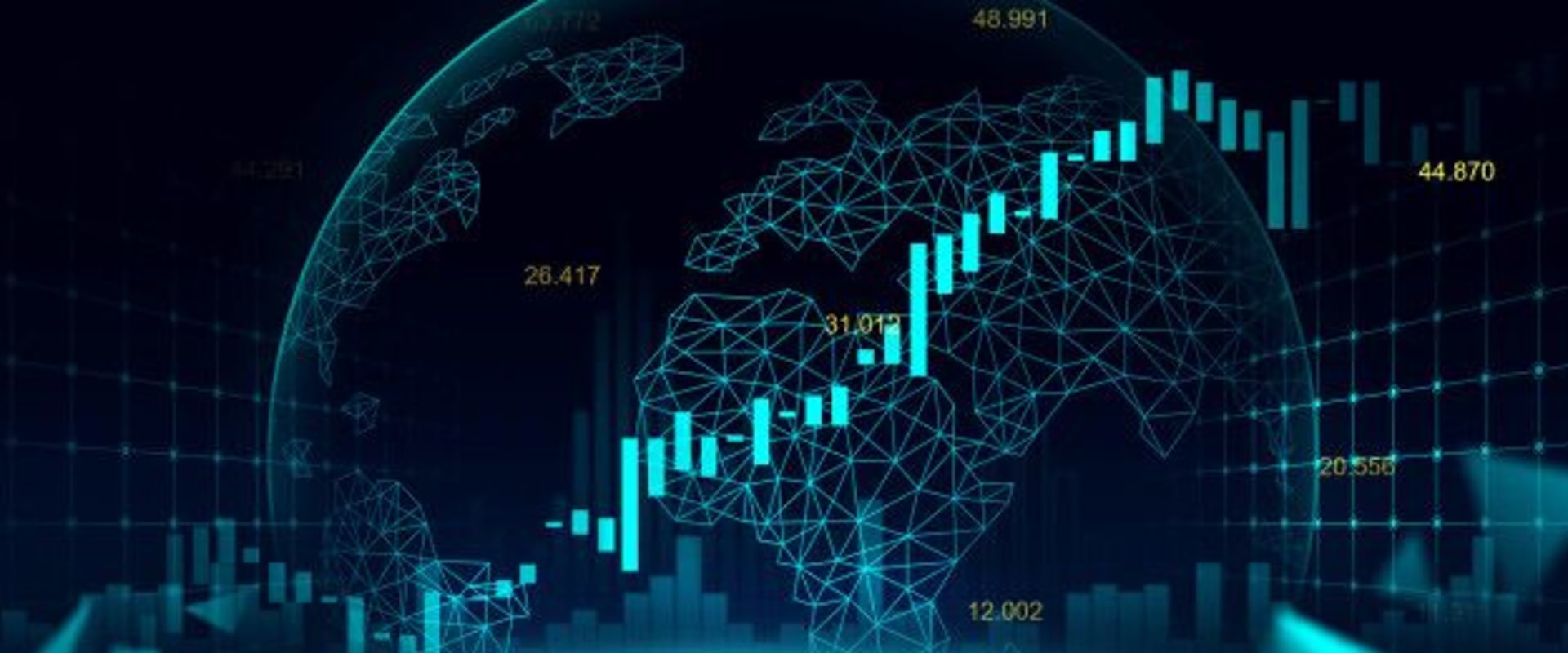

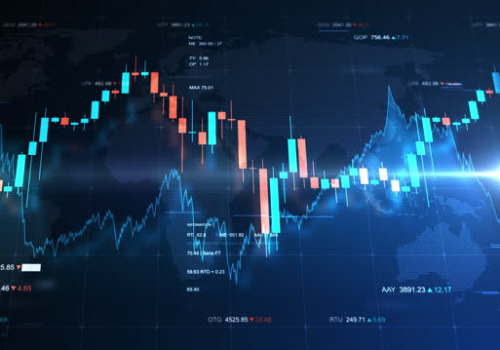

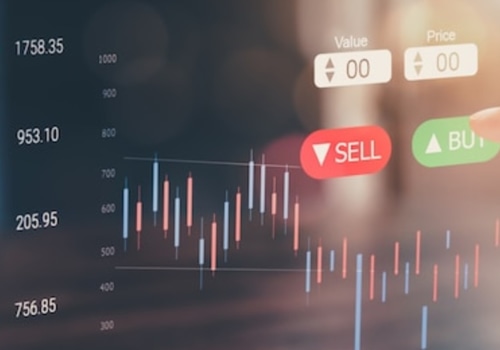
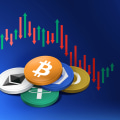
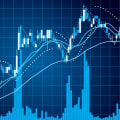


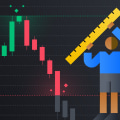
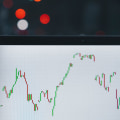

Leave Reply